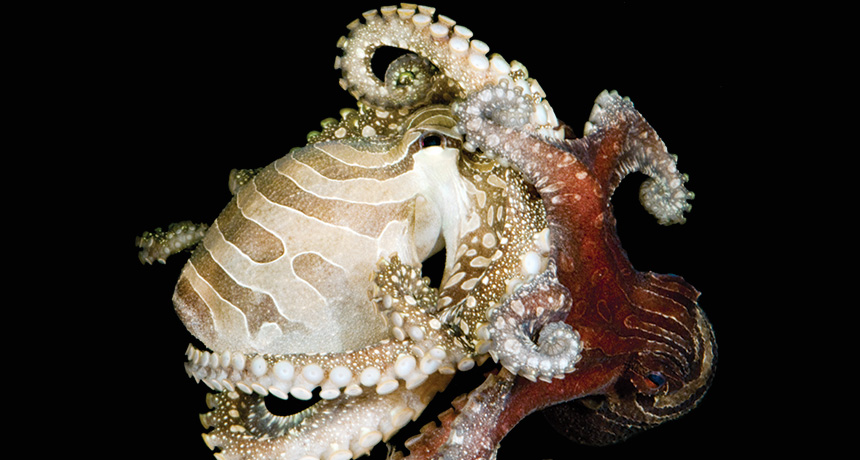

The rough squid beaks are left behind as the squid tissue dissolves rapidly in the whale’s stomach juices.

It is possible to create a squid species from a large number of specimens.ĭetermine a statistical relationship between the size of the squid’s beak and its total size.Ī few large specimens of colossal squid and other giant squid have been captured, so there are only a few collections. The length of the lower beak’s straight cutting segment, known as the lower rostral length, is used (LRL). The scale of a squid’s beak is proportional to its body size. Squid Beak And SizeĮach squid species’ beak is different in size and shape. Aptychi, which are paired plate-like structures found in ammonites, may have served as jaw components. Squids, octopuses, belemnites, and vampyromorphs are only a few cephalopod groups with fossilized beaks. The mandibles or jaws are other names for the beak. The upper (dorsal) mandible fits into the lower (ventral) mandible, and the two work together in a scissor-like fashion. The rostrum, or two-part beak, is found in the buccal mass and is surrounded by the muscular head appendages in all extant cephalopods. Just as the mouth, which starts the digestion process in humans, the beak of an Octopus does the same function. The beaks are meant for the feeding process in Octopuses. Yes! Octopus are endowed with beaks by nature. The mouth is on the underside of the sack-like body, which is perched atop the head, which has two complex and responsive eyes. Suction cups protect the undersides of the arms, which are very sensitive to touch and taste. They “walk” on the seafloor with their weapons. A ring of eight equal-length swords surrounds the head. The Greek word Cephalopoda means “ head foot ,” and this class of species combines the head and feet. The Octopus is a marine mollusk that belongs to the Cephalopoda class, also known as cephalopods. In one of my blog posts, I also talked about whether octopuses have bones or not.

This article will answer your question and discuss some other features relating to the presence or absence of beaks in octopuses.
In Photos: Amazing 'Octomom' Protects Eggs for 4.Does Octopus have beaks? That question must have been lingering on your mind for a long time. Photos: Deep-Sea Expedition Discovers Metropolis of Octopuses. "Wild animals are unpredictable and should be respected," Trautwein said. But they will defend themselves if provoked and are capable of causing serious injury - as Bisceglia found out the hard way. Octopuses are curious creatures and generally not aggressive toward people. In addition to octopuses' hunting prowess, there's a lot to admire about these cephalopods: They conduct daring escapes from their tanks, go for walks on beaches and demonstrate impressive camouflaging skills.īut the safest way to appreciate these animals is from a distance. Octopus bites can cause bleeding and swelling in people, but only the venom of the blue-ringed octopus ( Hapalochlaena lunulata) is known to be deadly to humans. Other proteins, such as tryptamine oxidase, dissolve tissue and break it down "into a gel-like form," Trautwein said. Saliva in the giant Pacific octopus contains the proteins tyramine and cephalotoxin, which paralyze or kill the prey. In most octopuses, this venom contains neurotoxins that cause paralysis. "Once there is a hole in the shell, octopuses inject venomous saliva into their prey to paralyze or kill it," Trautwein said. After an octopus has captured a meal with its muscular arms, it uses its beak and drill-like tongue to break through the tough shell of its prey. "An octopus beak looks similar to a parrot's beak and is embedded in strong muscle tissue called a buccal mass," she said. Though octopuses' bodies are soft and boneless, they have hard beaks made of chitin, the same substance that makes up the exoskeletons of arthropods such as insects, spiders and crustaceans, Trautwein told Live Science in an email. Bisceglia identified the octopus as a young giant Pacific octopus ( Enteroctopus dofleini), but it could also be a Pacific red octopus ( Octopus rubescens), said Sandy Trautwein, vice president of animal husbandry at the Aquarium of the Pacific in Long Beach, California.







 0 kommentar(er)
0 kommentar(er)
